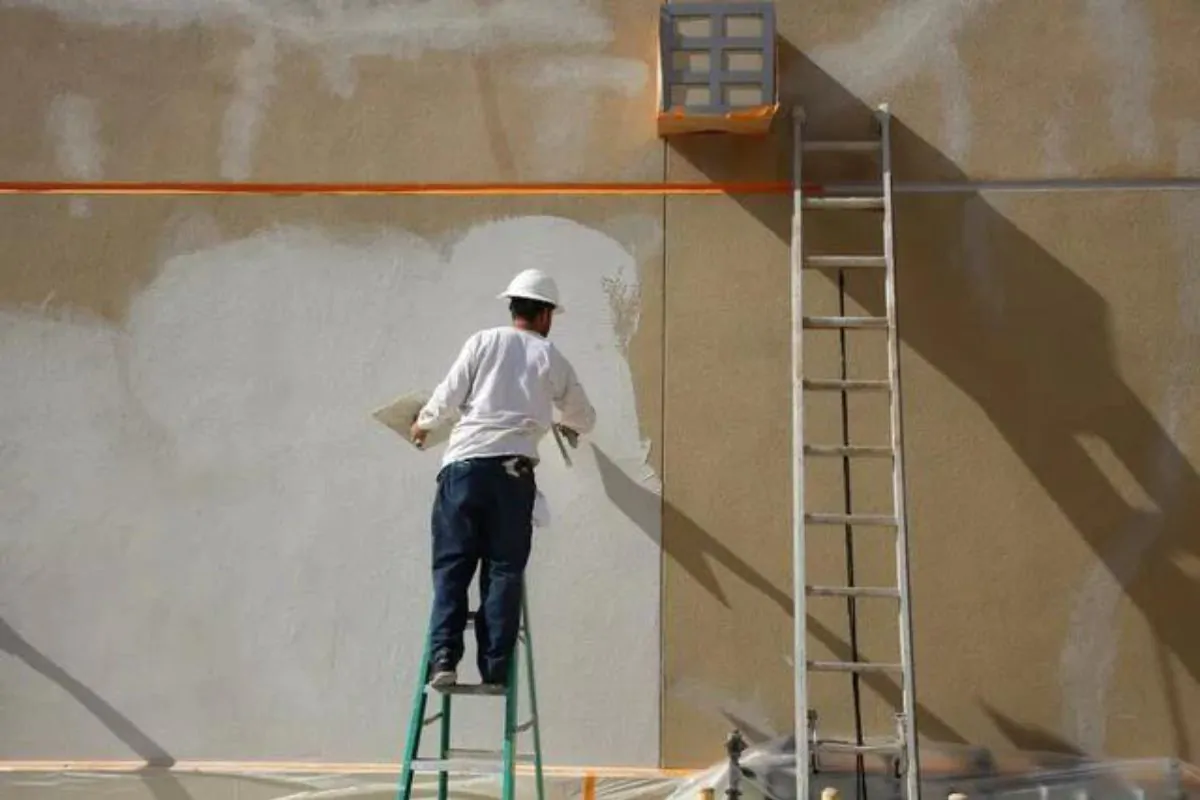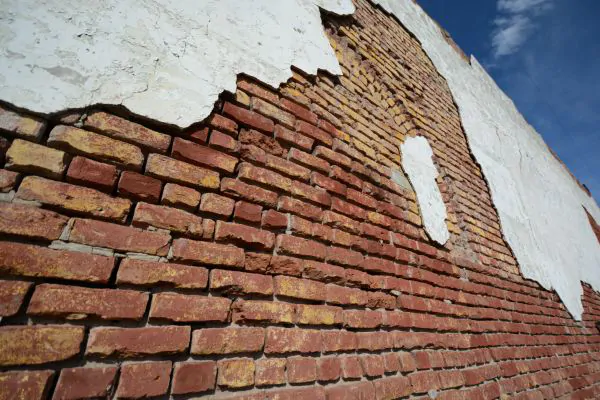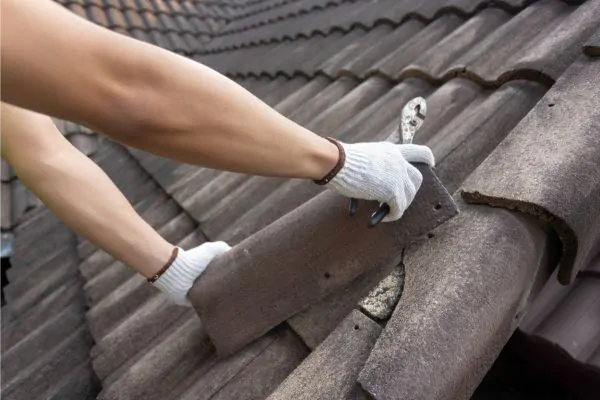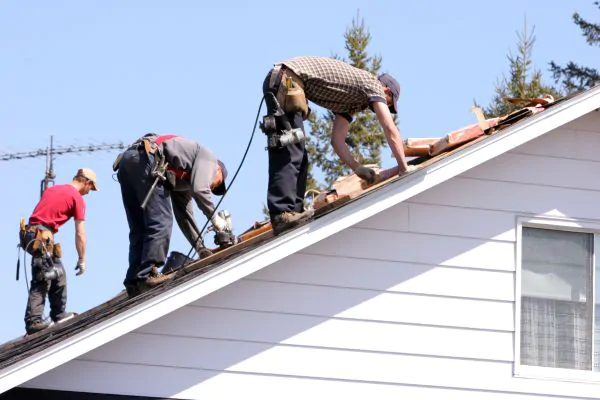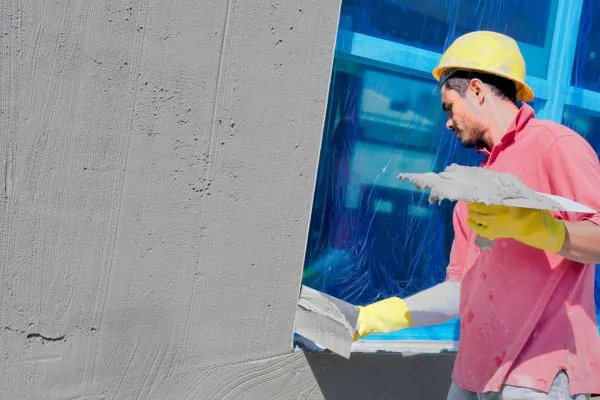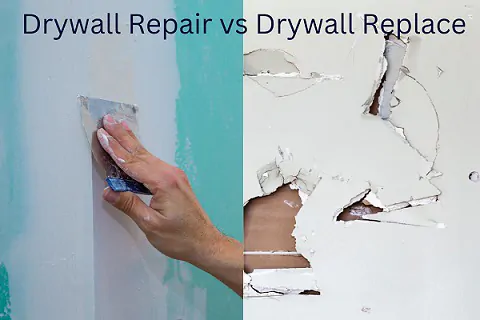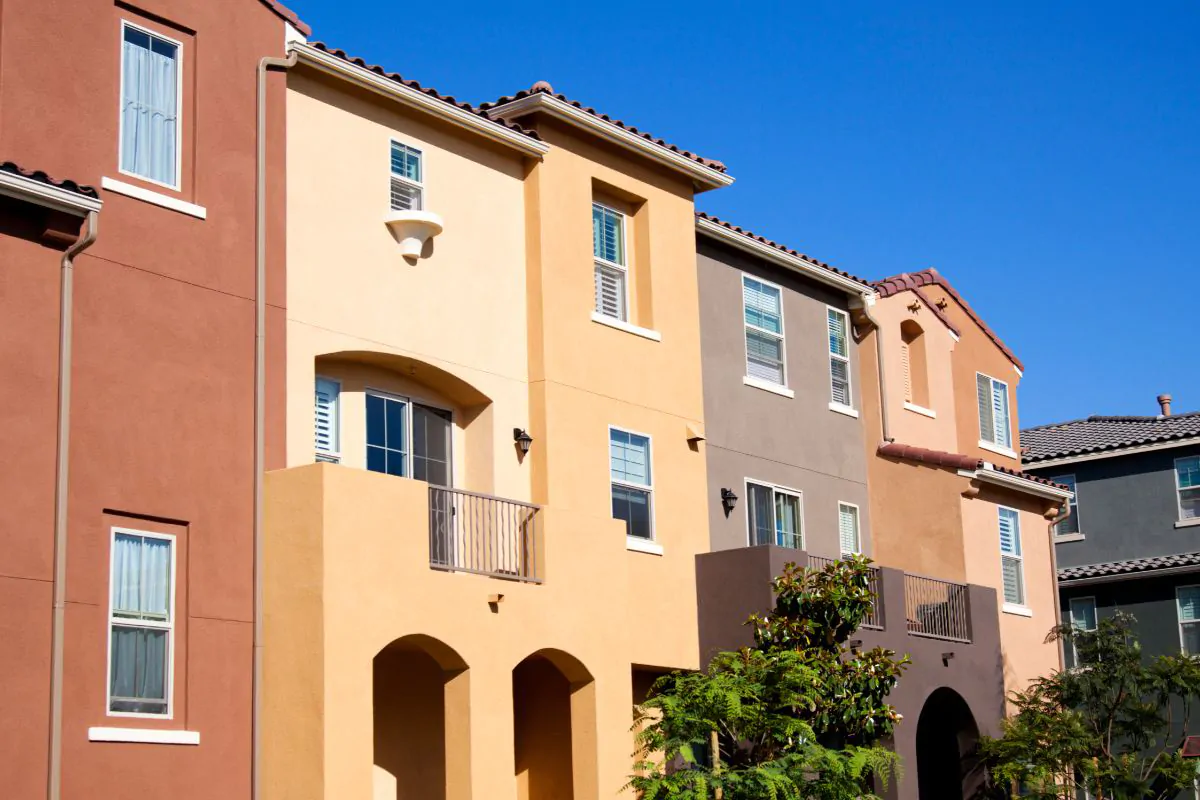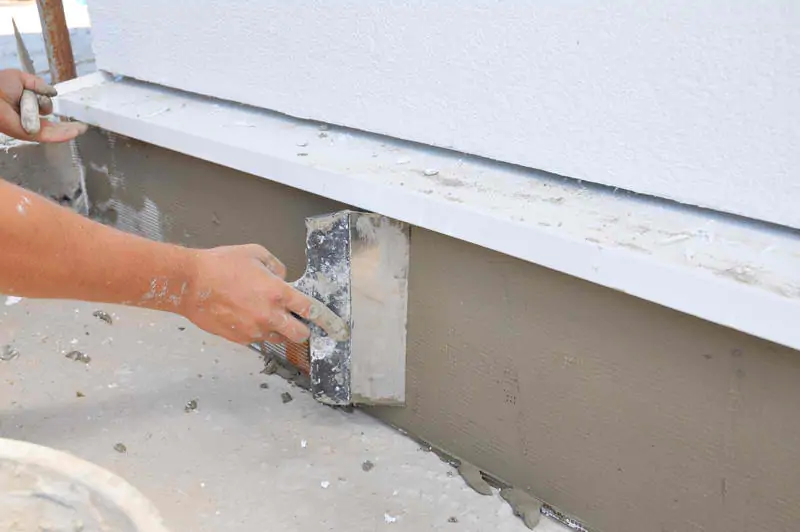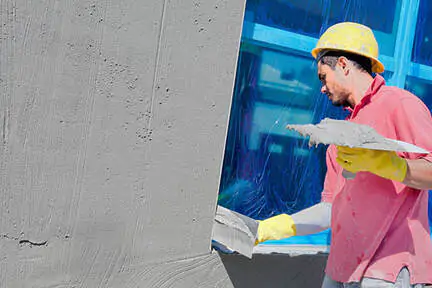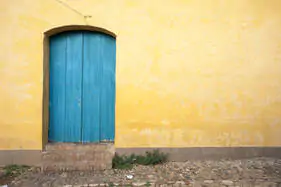Renovating your home’s exterior can dramatically enhance its curb appeal, and applying new stucco over existing layers is a method frequently considered by homeowners. This technique not only breathes new life into the facade but also addresses various issues related to aging, wear, and tear.
Applying stucco over existing stucco means navigating the specifics of construction materials, techniques, and the prep work needed for optimal adhesion and durability. Whether dealing with a weather-worn surface or simply seeking a fresh look, you’ll find the answers you need to tackle your stucco project in this article. To uncover the do’s and don’ts of this process, continue with us as we explore expert tips and techniques.

I. Can You Apply New Stucco Over Old Stucco?

This question is especially pertinent for homeowners eyeing a cost-effective yet durable solution for enhancing their property’s appearance or addressing various exterior issues.
The answer involves factors including the current stucco’s condition and adherence to a precise preparation process.
Before delving into the specifics of residential or commercial stucco application techniques or the nuances of materials such as cement, lime, and sand crucial for stucco mix, first it’ll help you to understand the big picture so your stucco refresh is successful and long-lasting.
A. Factors to Consider
· Assess the integrity of the current surface
· Ensure proper cleaning and preparation
· Evaluate the need for repairs
· Check the existing stucco’s ability to bond securely with new layers
· Select the right mix of materials for compatibility and durability
· Emphasize preparation to prevent future issues
B. Preparation Process
The preparation process for applying stucco over existing stucco ensures the new layer adheres properly and lasts. It begins with a thorough pressure washing to remove dirt, debris, and any chipping areas on the old stucco surface, creating a clean slate for the new application.
The integrity of the underlying structure must then be checked for signs of moisture or damage, and any necessary repairs should be addressed beforehand to prevent future complications. Addressing these preparatory steps ensures a stronger bond between the old and new stucco application, setting the stage for a successful restoration.
II. The Process of Applying New Stucco Over Old
The process of applying new stucco over old involves a series of steps to ensure the final product not only adheres securely but also endures through time and weather.
Starting with the task of pressure washing and cleaning, the existing surface is carefully cleared of any dirt, residue, or peeling layers, paving the way for a pristine base.

It is closely followed by repairing any underlying damage, which might include filling in cracks or attending to areas compromised by water or structural issues.
The application of a bonding agent serves to provide robust adhesion between the old and new stucco layers.
Once this is complete, the layering of new stucco involves a skillful blend and application of materials – carefully chosen and mixed to match or improve the building’s exterior aesthetics and durability.
Each of these stages plays a key role in a successful stucco over an existing stucco project.
A. Pressure Washing and Cleaning
The most critical step in preparing to overlay new stucco on an existing surface involves the thorough removal of dirt, aged paint, and biological growth through pressure washing. This process not only cleans but also uncovers any hidden defects or damage that could undermine the new stucco’s adherence and durability. This cleaning phase sets a foundation for the layers that follow.
B. Repairing Any Damage
After the cleaning process, address any structural damage. By filling cracks and repairing sections where water or physical harm has compromised the stucco’s integrity. Professionals often employ a specific mix of mortar designed for patching, which closely matches the existing stucco’s texture and composition, providing uniformity and preventing future issues between the old and new layers.
C. Applying a Bonding Agent
Following cleaning and repair, the application of a bonding agent ensures the new stucco firmly adheres to the existing layer. This adhesive primer is brushed or rolled onto the surface, creating a receptive base that significantly enhances the new stucco’s adhesion. By establishing a strong chemical and physical bond, the bonding agent mitigates the risk of delamination, securing a durable and cohesive finish between old and new stucco layers.
D. Layering New Stucco
This phase involves skillfully applying the fresh stucco mixture, a carefully prepared blend of cement, sand, and lime, ensuring uniform coverage and thickness across the wall’s exterior. Professionals execute this task, using tools designed for stucco application to achieve a seamless finish that not only enhances the building’s aesthetic appeal but also ensures the stucco’s resilience against environmental elements.
III. Recoating Old Stucco, Painted and Unpainted

Now let’s explore the options for recoating your old stucco, whether it’s been painted before or not. Both traditional and modern techniques are available to suit your home’s style or your preference, so it helps to understand the pros and cons of each option. That way you can make an informed choice you’ll feel good about for years to come.
A. Options for Recoating
Traditional methods often involve applying a new coat of stucco directly over the old surface after proper preparation, which may include stripping paint or repairing damages to ensure a sound substrate.
On the other hand, modern techniques might integrate the use of acrylic stucco over existing stucco, offering enhanced flexibility, color retention, and weather resistance. Each method aims to rejuvenate the exterior with a durable, fresh appearance while addressing underlying issues.
B. Pros and Cons
Recoating old stucco, whether tackling painted or unpainted surfaces, presents distinct advantages and challenges. An upside to applying new stucco layers is the opportunity for significant improvements in curb appeal and durability against environmental wear. Conversely, the process demands attention to surface preparation and repairs, where mistakes could lead to adhesion problems.
IV. Is It Worth It to Re-Stucco Over Existing Stucco?
Exploring the feasibility of re-stuccoing over existing surfaces has a distinct set of benefits and drawbacks.
Key considerations such as cost-effectiveness guide owners in making informed decisions that align with their financial boundaries and home improvement goals.
As we review these aspects, we’ll uncover insights into whether reapplying stucco offers the best blend of aesthetic appeal, longevity, and financial wisdom for updating your home’s façade.
A. Alternative Solutions
If you’re not sure you want to re-stucco over existing stucco, there are plenty of other solutions available. Options such as siding installation, whether it be vinyl, metal, or wood, provide a fresh facade while potentially offering enhanced insulation and fewer maintenance demands.
Another avenue includes applying exterior painting techniques specifically designed for stucco surfaces, which can rejuvenate the building’s appearance with less time and energy than traditional stucco application. These alternatives can serve as viable routes for those seeking to update their home’s exterior without fully committing to the re-stuccoing process.
B. Cost Effectiveness
What about the cost-effectiveness of your potential stucco project? Homeowners find that while the upfront expenses may be higher than other cosmetic updates, the long-term benefits of applying stucco over existing stucco offer a more cost-efficient outcome. This approach extends the lifespan of your home’s exterior and boosts its value, too.
You may be interested in this article: Factors Explained: How Long Does Stucco Last in New Mexico?
Conclusion
To successfully apply stucco over existing stucco hinges on the current surface’s integrity, thorough cleaning and preparation, and the need for repairs to ensure a solid foundation.
This process includes pressure washing, repairing any damage, applying a bonding agent, and layering the new stucco, ensuring each step receives the necessary attention to achieve a durable and visually appealing finish.
Exploring recoating options, whether for painted or unpainted stucco, presents various avenues for rejuvenating a home’s façade, each with its unique advantages and potential drawbacks.
Ultimately, applying stucco over existing surfaces is a viable and cost-effective method for enhancing a property’s aesthetic appeal and structural longevity.
Proper execution, informed by expert tips and techniques, assures homeowners of a rewarding investment in their property’s curb appeal.
